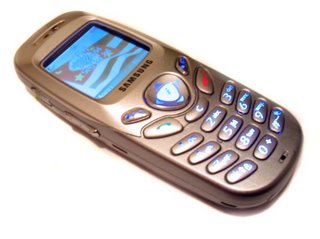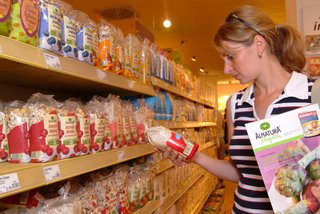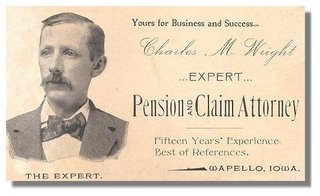 Tracfone is a national pre-paid wireless phone option that includes free voice mail, free caller ID, free call waiting, and other options -- all for a very, very reasonable price. Better yet, you have no long-term contracts and you pay only for minutes you use. However, so do Verizon and Cellular and dozens of other companies. (Googling the phrase "prepaid wireless" brings up over one million hits.)
Tracfone is a national pre-paid wireless phone option that includes free voice mail, free caller ID, free call waiting, and other options -- all for a very, very reasonable price. Better yet, you have no long-term contracts and you pay only for minutes you use. However, so do Verizon and Cellular and dozens of other companies. (Googling the phrase "prepaid wireless" brings up over one million hits.)Which should you choose? Try the comparison feature offered at MyRatePlan.Com. You enter your zip code, then choose the features you'd like, and voila: a comparison chart for your consideration - but one that doesn't include all the plans available. Consumer Search has rated the various plans and votes TMobile as number one. Consumer Reports offers lots of good advice and company comparisons, as well.
I've been using a prepaid plan for over a year now - in no small part because I rarely use my cellphone - and have been very happy with it. I can pay for more minutes online, and I average about $15.00/month. The only drawback, which sometimes isn't a drawback at all: the caller does not see your name when you call them, only the number and the phrase "private caller."





